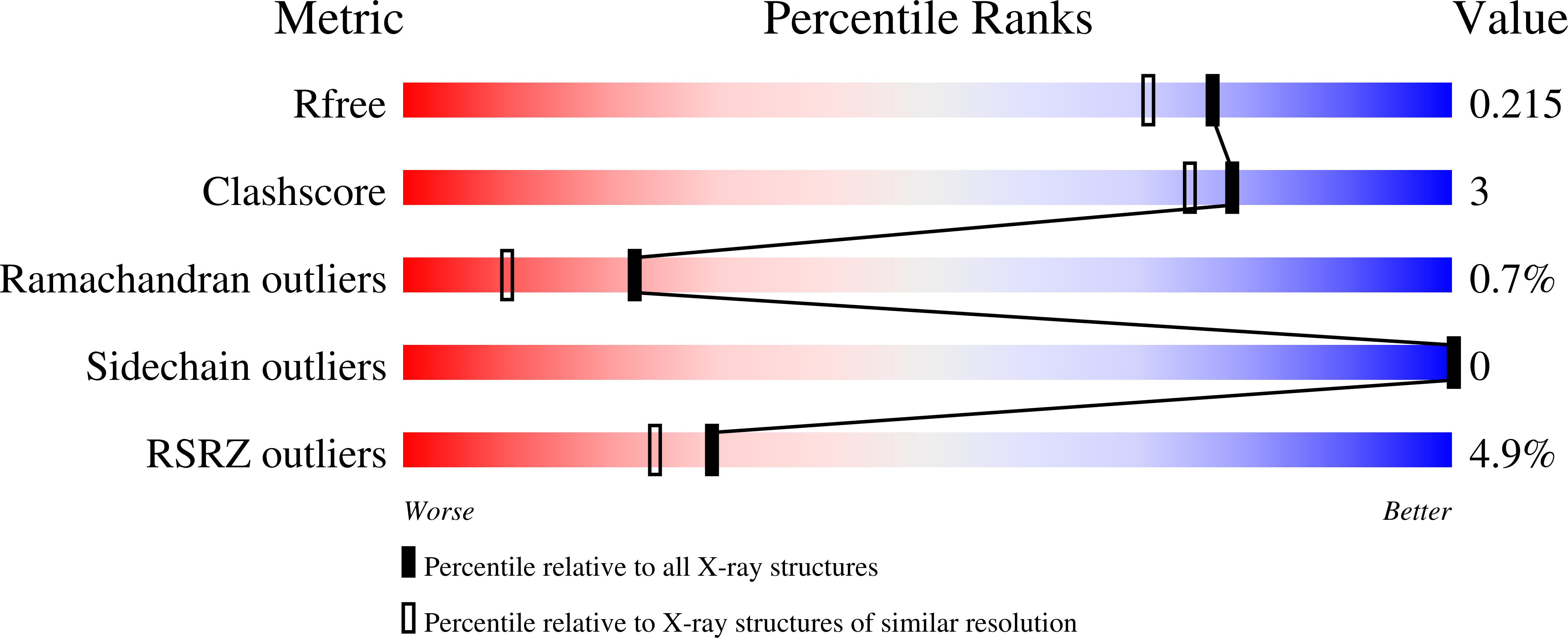
Deposition Date
2007-11-07
Release Date
2008-04-15
Last Version Date
2023-08-30
Entry Detail
PDB ID:
3BA4
Keywords:
Title:
Crystal structure of L26D mutant of Human acidic fibroblast growth factor
Biological Source:
Source Organism:
Homo sapiens (Taxon ID: 9606)
Host Organism:
Method Details:
Experimental Method:
Resolution:
1.80 Å
R-Value Free:
0.21
R-Value Work:
0.18
R-Value Observed:
0.18
Space Group:
C 2 2 21


